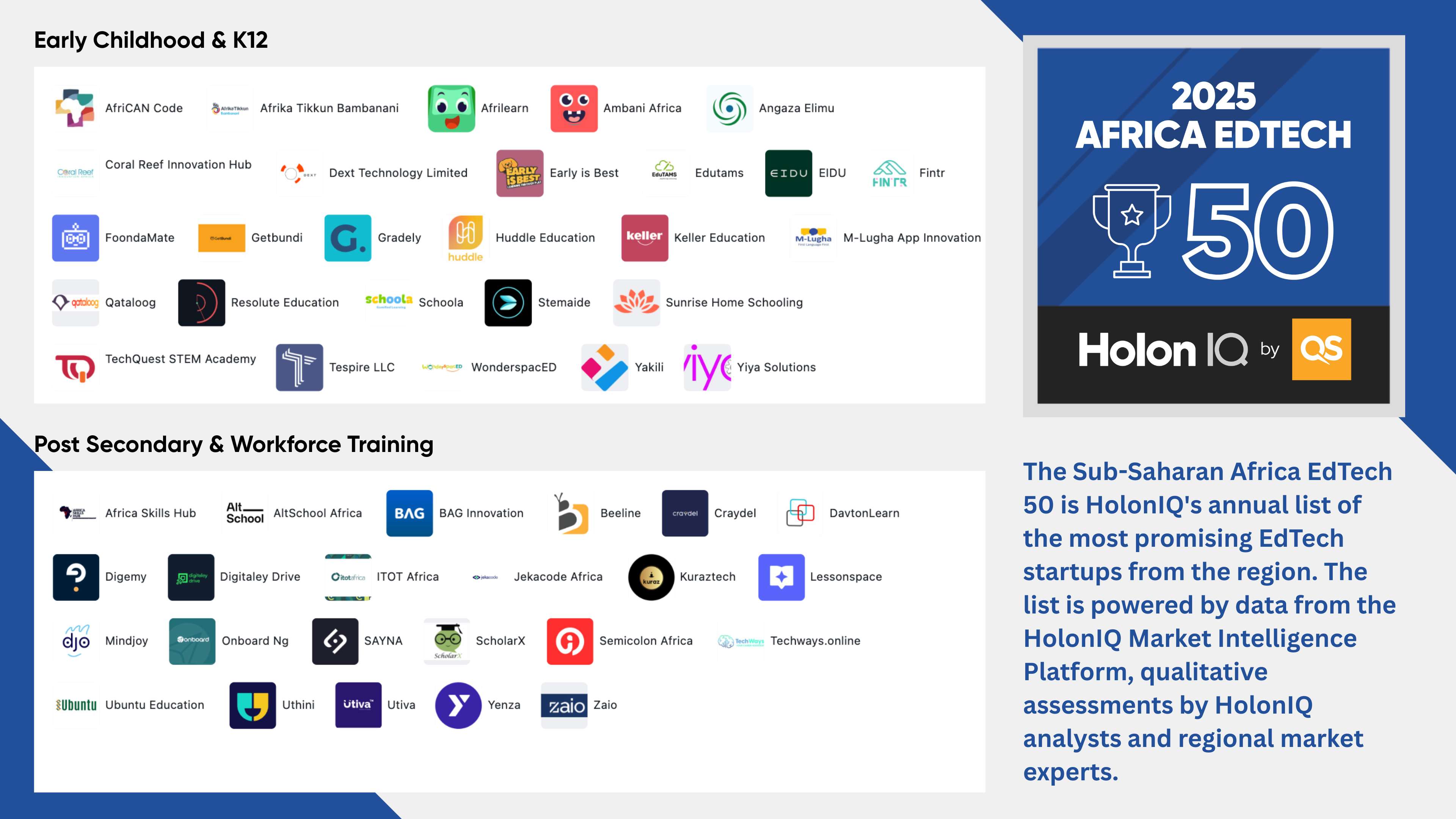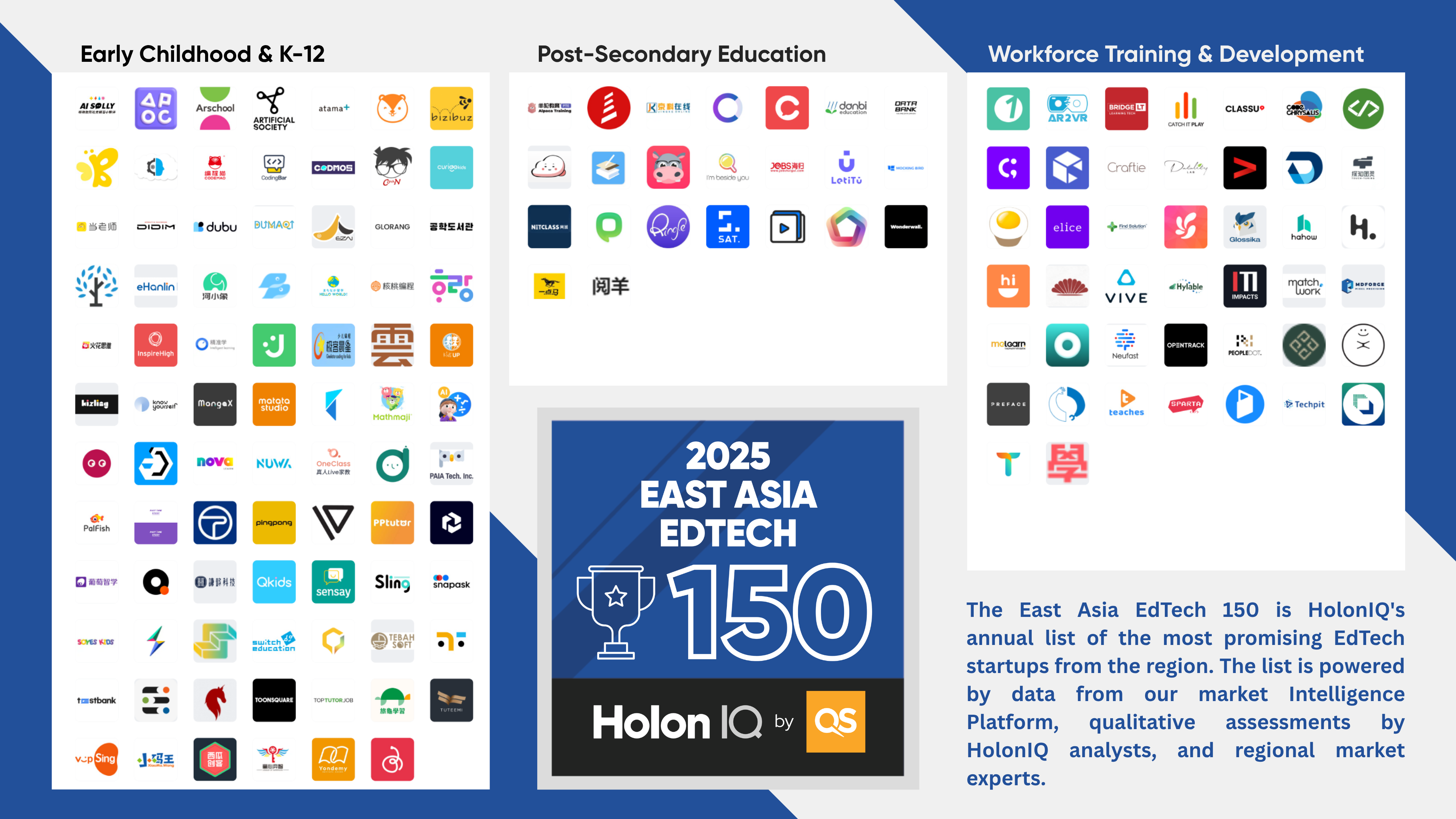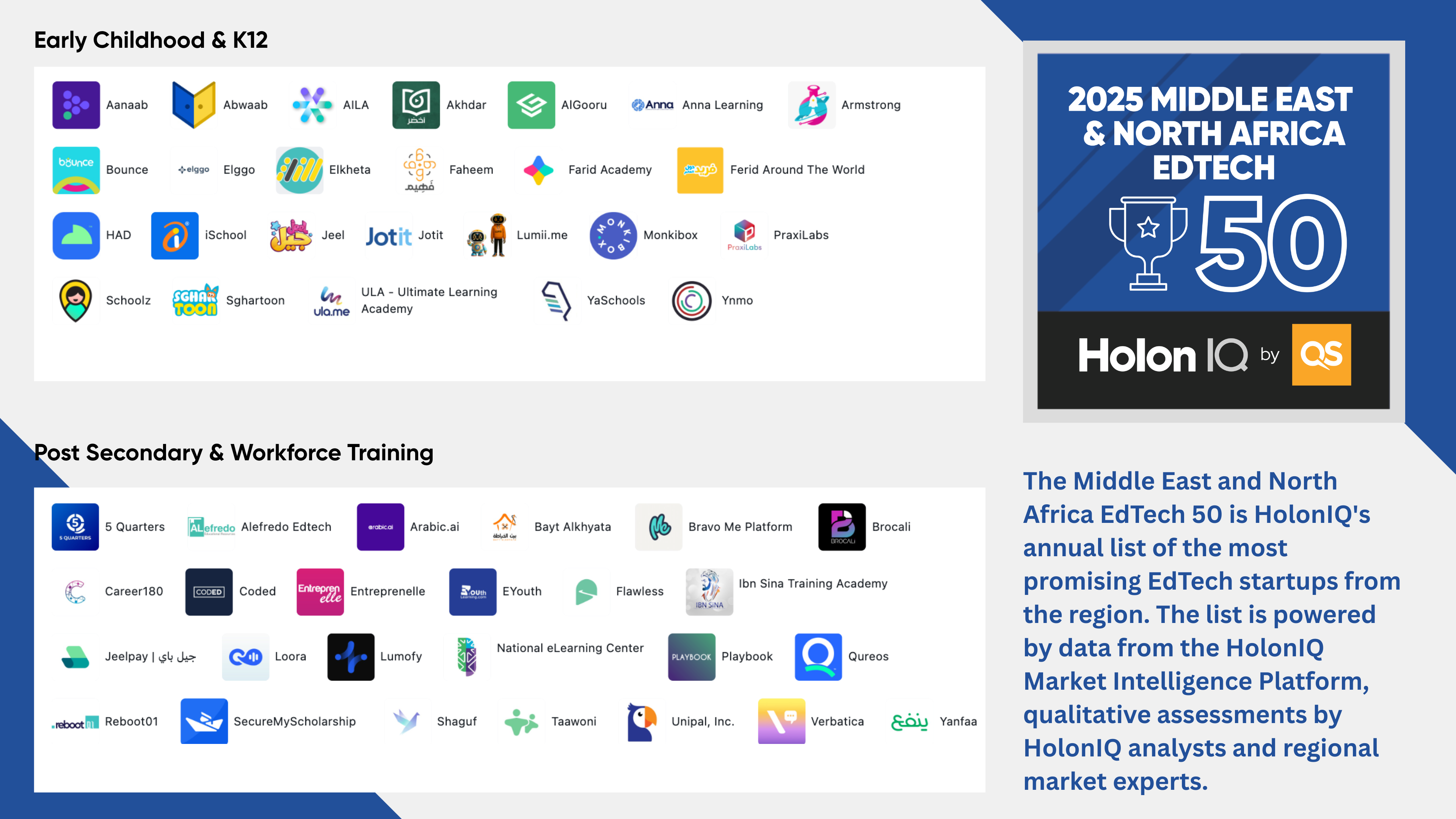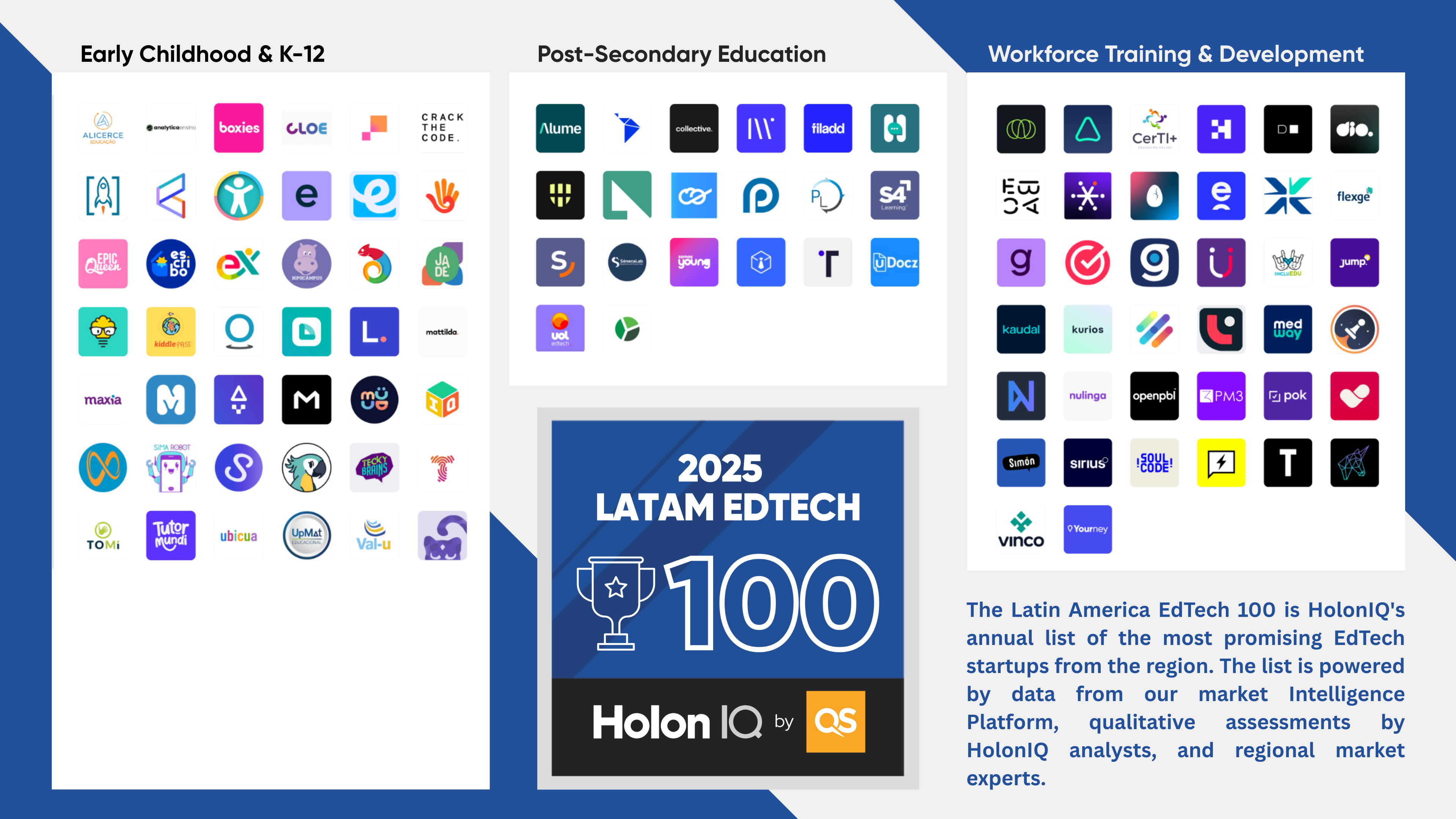International Education is ramping back up, potentially bigger than ever. Bootcamps are booming and the OPM model is evolving further and expanding globally. Behind this growth are University administrators with less funding, more competition and a 'mid' COVID student cohort who demand world class flexible learning with competitive job prospects. Partnerships are increasingly part of the strategic solution.
In the first three quarters of 2021, over 450 University Partnerships were established around the world. These partnerships include long-term commitments from both partners in areas ranging from International Education to Bootcamps and Online Degree Programs. At the current rate of partnership growth, 2021 will see approximately 600 University Partnerships established, around 200 more partnerships than was established in 2020 and double pre-pandemic levels of 300+ in 2019.

On the partner side of the house, there is no shortage of strategic moves. 2U’s acquisition of EdX. Coursera’s IPO. SEEK’s 50% stake in FutureLearn and the spin out of OES to SEEK’s Growth Fund. UpGrad’s recent acquisition of Global Study Partners. The list goes on. As we mentioned in this years half year update, we’re firmly at that point on the innovation spectrum in Higher Education Technology where the old categories and acronyms are not working anymore. The landscape is clearly mid-shift, the new dominant models are not so clear yet and we are all still trying to shake off COVID.
Buy, build or partner? Universities have a number of strategic choices for capability development and digital acceleration.
Every one of the world’s 10,000+ Higher Education Institutions is navigating the disruption of COVID, the acceleration of digital transformation and the emerging threat of faster and cheaper up-skilling substitutes and alternatives to formal qualifications. Partnerships are but one of the three main strategic choices facing Universities as they seek to build new capabilities.

HolonIQ’s Open-Source Higher Education Digital Capability Framework identifies four core capability dimensions along the learner lifecycle: Demand & Discovery (DD), Learning Design (LD), Learner Experience (LX) and Work & Lifelong Learning (WL). Within these are sixteen capability groups or ‘domains’, Universities are working to build out more than 70 discrete capability blocks by either buying in software or services, building capability internally with new processes, people and technology or partnering to share the risks and rewards while harnessing the immediate momentum a partner brings to the table.








.png)







